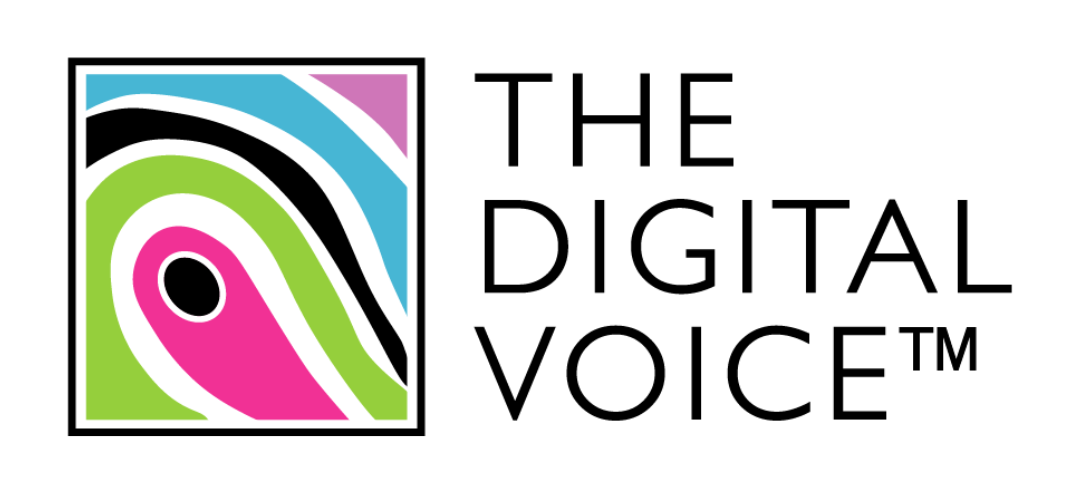Why the adtech industry needs transparency more than ever

Hopefully, Data Privacy Day on January 28 gave all of us in the industry an opportunity to take stock and think for a moment about the core principles of data privacy, and the extent to which we follow them.
For me, one word kept coming to the fore: transparency. Because I see it as the core principle that underpins everything else when dealing both with consumers and with partners in the adtech ecosystem. Without transparency, we’re lost; we might as well turn off the lights and close the doors.
Transparency is key to unlocking both the value exchange with consumers, and the as-yet untapped value that comes from forging better relationships with other adtech players.
Transparency leads to trust
Let’s start with our interactions with consumers. Putting the customer first is not only a logical first step, it’s also what every marketing textbook ever written tells you is the right thing to do, and it starts to build a layer of trust that we absolutely need to see more of across our industry.
If, as a consumer, I understand what is being asked of me, and what I get in return, the value exchange is clear – dare I say, transparent – and I can make an informed decision about whether or not to consent and share my data. So let’s make the complex simple, be clear in our language and make it easy for consumers to make informed choices.
Transparency along the supply chain
Now to consider the adtech ecosystem. Here, the question I ask myself is: isn’t it reasonable to expect transparency along a supply chain? In this respect, I am mostly talking about those partners that form a part of the chain, but are less than transparent with their fees, or about exactly what they do for them. I’m sure we’ve all seen presentations from publishers who are rightly concerned about what’s left of every advertising dollar spent with them once the middle-men have all taken their cut.
It’s time to be more open about this. I’m not suggesting that companies should reduce their fees – more that they should justify them. As someone once said to me: as a partner, you need to add value every single day and hold yourself to account to make sure you’re doing so. If every player in the chain embraced this mindset, the industry could function more collaboratively, efficiently and fairly.
Transparency fosters collaboration
The other reason to embrace transparency is because greater transparency fosters collaboration. With less to hide, we can focus more on solving shared challenges and seizing shared opportunities.
The adtech industry is a collection of thousands of interconnected parts, some of which work seamlessly with others at any given point in time to achieve the desired outcome. It’s also an extremely agile industry, in which individual players have learned that they need to be adept at shape-shifting in order to take account of changing consumer behaviours, new regulations, and new opportunities that present themselves as new technologies emerge.
And given the power and intransigence of the walled gardens, the best way to do this is to forge relationships with other players in the open web ecosystem. For which, once again, transparency is key. Sharing insights and experiences across areas of expertise benefits all of us. As the saying goes, a rising tide lifts all ships.
It’s time for the industry to come of age
This industry we work in is so multi-faceted and so complex that it’s easy to make excuses for opacity, but we should be beyond that now. The first banner ad appeared in 1994 – that’s more than 30 years ago. Let’s make 2025 the year in which we prove the ad tech industry has truly come of age by embracing and evangelising transparency in everything we do.
Also published in: New Digital Age



